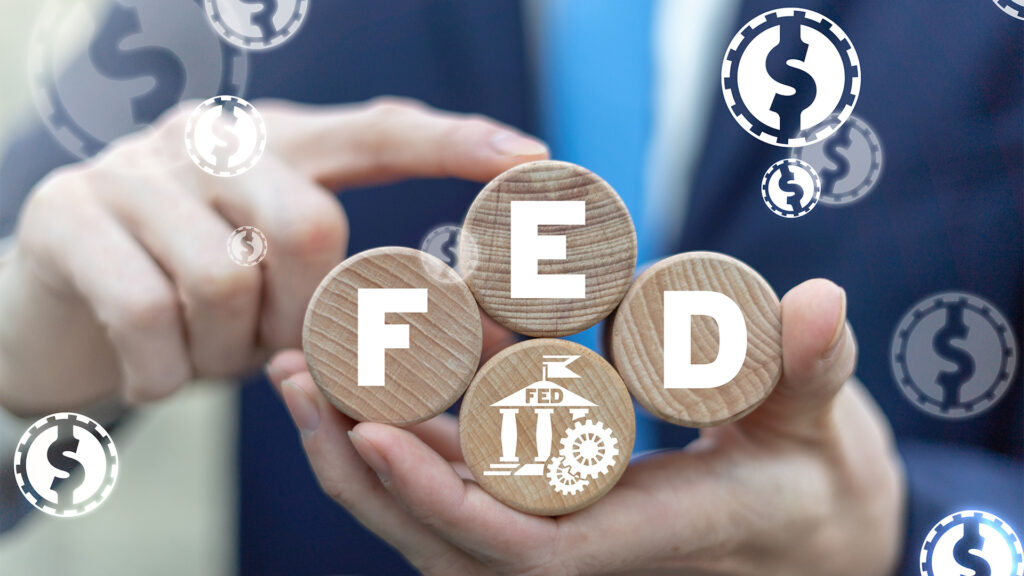A stronger-than-expected US economy led the Federal Reserve to maintain its key interest rate at a 22-year high on Wednesday, signaling support for further rate hikes this year and fewer rate cuts next year.
In doing so, the Fed sent a strong message to the markets and doubters that it doesn’t foresee a recession looming for the US economy in 2024. Inflation forecasts were lowered, along with unemployment estimates, and a higher growth forecast.
The federal funds rate remained unchanged in the range of 5.25% to 5.50% after 11 rate hikes in a year and a half.
The so-called ‘dot plot,’ an anonymous way the bank uses to signal interest rate intentions, and the newly updated economic forecasts provided a very different picture for analysts to scrutinise.
While the plot showed one more increase this year in November, the number of cuts forecast for 2024 was halved to two from the June estimate of four.
The reduced estimates for rate cuts next year stem from one simple factor: the US economy is much stronger than it seemed in March or June when the previous forecasts and ‘dot plots’ were released.
The Fed sharply revised up its economic growth expectations for this year, with gross domestic product now expected to increase by 2.1%. That was more than double the June estimate and five times the 0.4% guess in the March forecasts. It also matched the second estimate of June quarter GDP growth of 2.1%, down from the first estimate of 2.4%.
The 2024 GDP outlook was raised to 1.5% from 1.1%.
The expected inflation rate, as measured by the core personal consumption expenditures price index, was cut to 3.7%, down 0.2 percentage points from June, as was the outlook for unemployment, now projected at 3.8%, compared with 4.1% previously.
US economists say the outcome of the forecasts and the new dot plot is that monetary policy will be tighter for longer.
Interestingly, of the 19 people on the FOMC this time, 12 members penciled in the additional hike this year, while seven opposed it. That was one opposing a rate rise later this year than at the June meeting of the Committee.
The idea of a tighter policy stance for longer was supported by the dot plot projecting the Fed Funds Rate for 2025 around a median of 3.9%, compared with 3.4% in June.
In his post-meeting media conference, Fed Chair Jay Powell was circumspect, saying, “We’re in a position to proceed carefully in determining the extent of additional policy firming.” Powell added that the central bank would like to see more progress in its fight against inflation. “We want to see convincing evidence really that we have reached the appropriate level, and we’re seeing progress, and we welcome that. But, you know, we need to see more progress before we’ll be willing to reach that conclusion,” he said.

